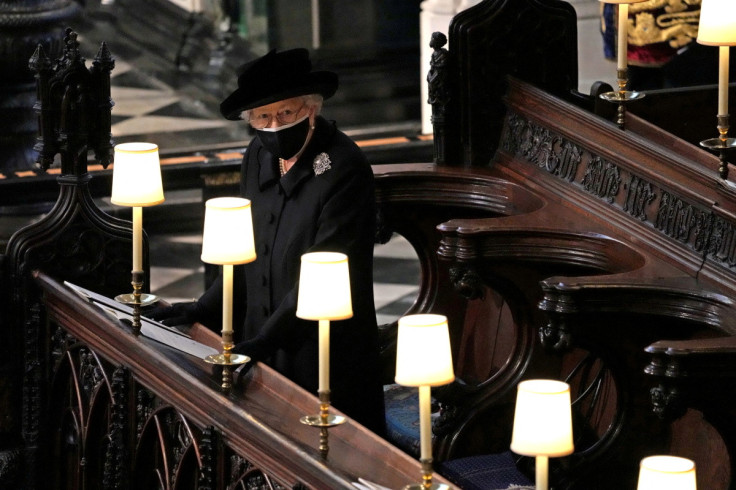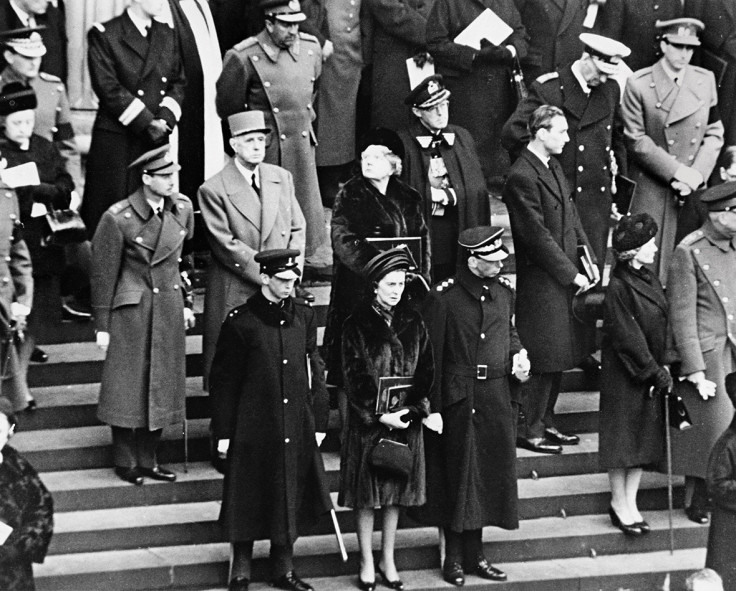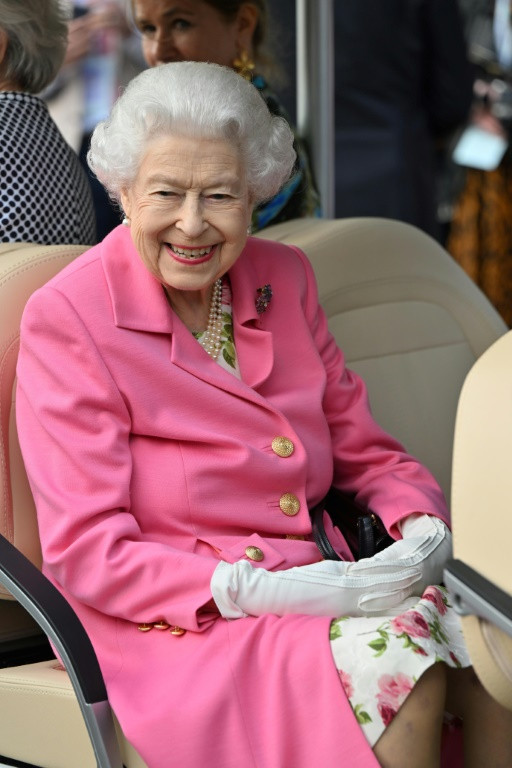Queen Elizabeth II state funeral: Details and what to expect
The Queen will be accorded a state funeral which is expected to be held in 10 days' time.
Queen Elizabeth II, the longest-serving monarch in British history, passed away on Thursday at the age of 96. Buckingham Palace announced her death in a statement released at 6:30 pm BST.
"The Queen died peacefully at Balmoral this afternoon. The King and The Queen Consort will remain at Balmoral this evening and will return to London tomorrow," read the statement.
Unlike Prince Philip, who was given a royal ceremonial funeral, the Queen will be accorded a state funeral. It is expected to be held in 10 days' time, per a BBC report.

A state funeral typically begins with the body of the deceased being carried on a gun carriage of the Royal Navy to Westminster Hall in the House of Parliament from a private resting chapel.
This is followed by another procession to Westminster Abbey or St Paul's Cathedral. The Queen will be accompanied by a military parade and members of the Royal Family. A short service will be held once the coffin is placed in the hall. The public will be allowed to enter afterwards.
She will lie in state in Westminster Hall for about four days before her funeral takes place. However, the exact day of the funeral is yet to be confirmed by Buckingham Palace.
Heads of state from across the world will be joining members of the Royal Family to remember the queen's life and service.

In the United Kingdom, state funerals are usually reserved for monarchs. But other people can also be granted a state funeral in special circumstances with the monarch's approval and a vote in parliament, writes The Independent.
Former Prime Ministers Winston Churchill, William Gladstone and Lord Palmerston were all accorded state funerals following their deaths in 1965, 1898 and 1865, respectively.
The Duke of Wellington was also given a state funeral in 1852. The monarchs who have had state funerals include Queen Victoria (1901), King Edward VII (1910), King George V (1936), and King George VI (1952).
The main difference between a state funeral and a ceremonial royal funeral is essentially who organises the funeral. State funerals are the responsibility of the Earl Marshal and the College of Arms, and are publicly funded, while ceremonial royal funerals are the responsibility of Lord Chamberlain - the most senior official of the Royal Household.

© Copyright IBTimes 2025. All rights reserved.






















